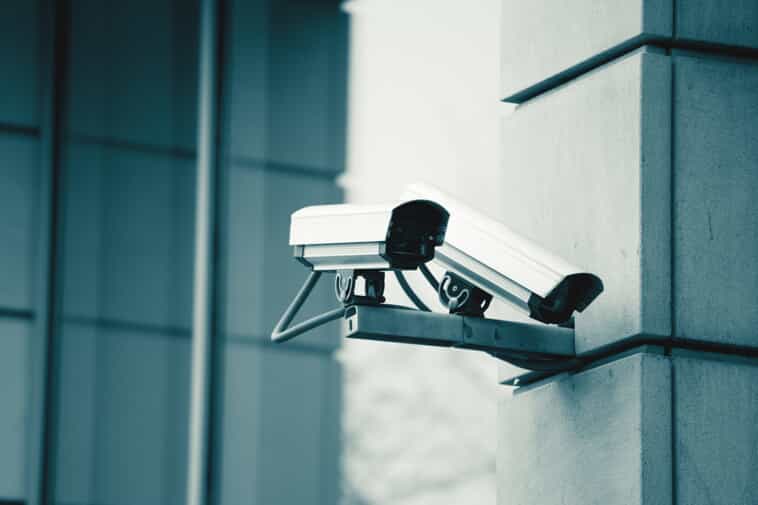
The terms slip and fall and trip and fall are often used interchangeably. Most people believe that a fall is a fall. However, the terminology used to describe your claim can literally make the difference if your case is rewarded damages or dismissed from the courts.
The National Safety Council reports that “falls are one of the leading causes of unintentional injuries in the United States, accounting for approximately 8.9 million visits to the emergency department.” These accidents can be debilitating for those sustaining serious injuries. Additionally, whether you slip or trip, there are marked difference in how your injuries present. Below is a brief breakdown on the difference between slip and fall and trip and fall claims.
Slip and fall constitute the following:
In slip and fall cases, typically the victim falls due to a loss of traction or friction with the ground. This is demonstrated by a wet or slippery surface, like after a spill or leak. Injuries typically sustained in a slip and fall accident present on the back of the body since a victim is more likely to fall backwards in a slip and fall accident. These injuries present as trauma to the back of the head, neck, and back. Additional injuries are to the hips and legs.
In slip and fall cases, the Plaintiff must prove that the property owner is negligent in the upkeep of their property. Gathering evidence that the property owner was aware of the spill and purposely did not make a reasonable attempt to clean the spill is the hallmark of these claims. If you have sustained injuries from a slip and fall, gathering evidence is key towards proving your claim. Evidence can be as simple as taking a picture of where the accident took place, your injuries, and gathering eye witnesses.
Trip and Falls constitute the following:
In trip and fall cases, the victim’s momentum is thrown of balance by colliding with an object. In Trip and Fall accidents, the victim collides with an object throwing them off-balance, typically in a forward motion. Injuries from trip and fall accidents present as trauma to the face, front of the head, arms, hands and knees.
Trip and fall accidents are similar in slip and fall accidents because the burden of proof is again on the Plaintiff. In trip and fall accidents, the Plaintiff must prove that the actions of the property owner were negligent and resulted in the trip and fall.
There are crucial steps you should take if you have been involved in a trip and fall or slip and fall accident:
- If you have been injured, seek medical attention immediately. Medical documentation that your injuries were related to the fall can be key in seeking damages for your claim.
- If possible, document evidence. Take photos of the location of the accident and secure contact information of eye witnesses. If you cannot due to your injury, try to have a close friend or loved one try to collect this information for you.
- Contact a qualified attorney that has experience with trip and fall and slip and fall cases. Having a qualified attorney can make the difference in determining if legal actions should be pursued.

